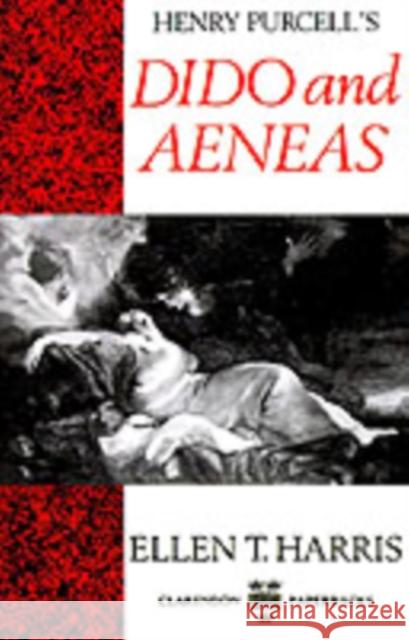Henry Purcell's Dido and Aeneas » książka
Henry Purcell's Dido and Aeneas
ISBN-13: 9780193152526 / Angielski / Miękka / 1990 / 212 str.
Purcell's Dido and Aeneas stands as the greatest operatic achievement of 17th-century England, despite the fact that it was originally composed not for the public theatre but for a private girls' school in Chelsea and takes little more than an hour to perform. Ellen Harris examines the work, s historical position in the Restoration theatre, and shows that, far from being an operatic anomaly, it was deeply rooted in 17th-century English theatrical and music traditions. Her book summarises the cultural climate in which Dido and Aeneas was composed, surveying the choice of subject matter and analysing Nahum Tate's libretto in the light of 17th-century English conventions of the writing of text for musical setting. It goes on to evaluate the various surviving sources -- all of which post-date the first performance by at least 80 years -- and compares them with the original libretto, discussing the various inconsistencies that arise. There is also a detailed discussion of contemporary musical declamation and ground bass composition. The final section of the book is concerned with the work's performance history and critical reception from the first performance, through the late 18th-century adaptation, to the revivals of the 19th and 20th centuries, The Appendices include a historical survey of national premieres and of editions, and a critical discography.











